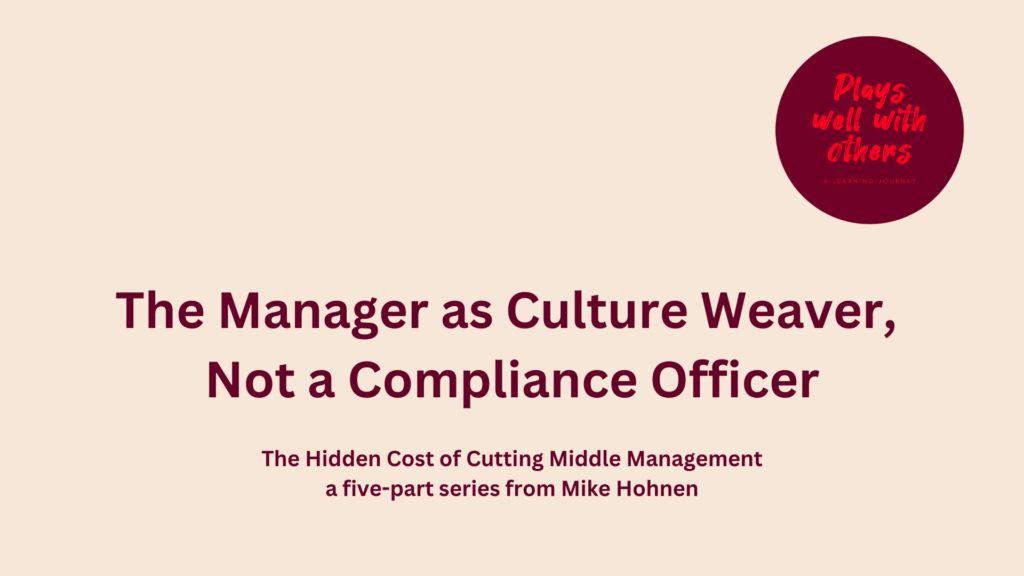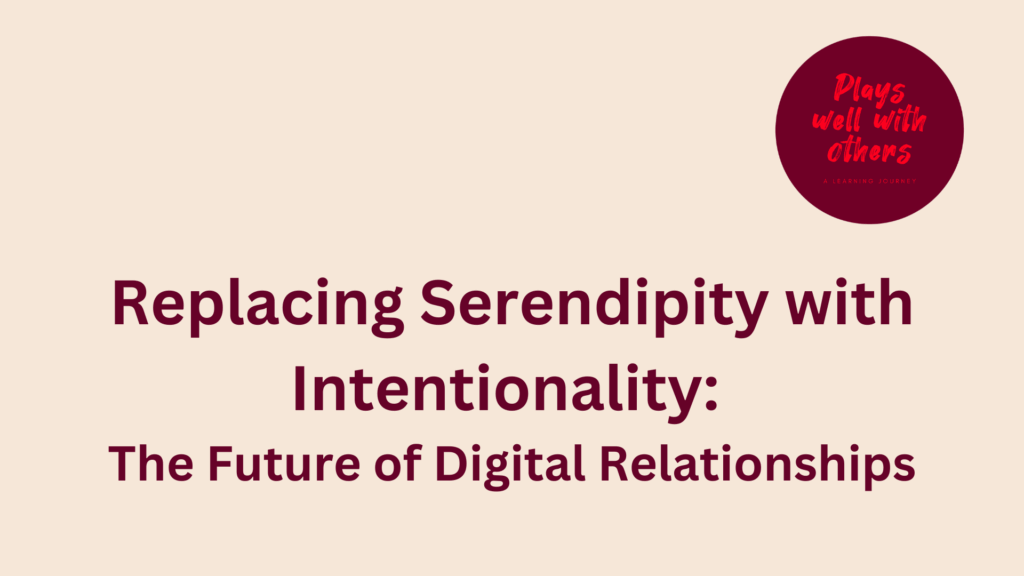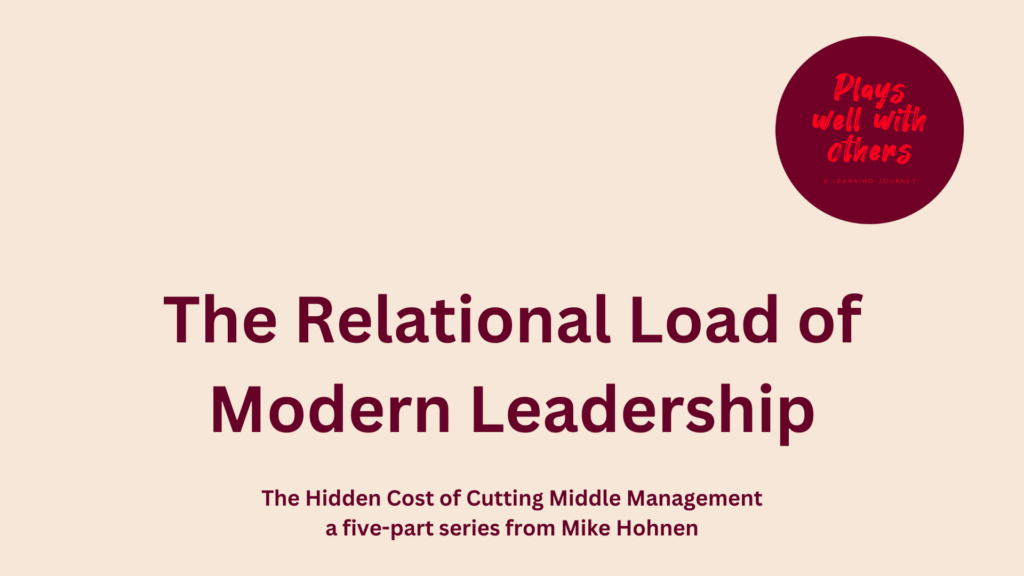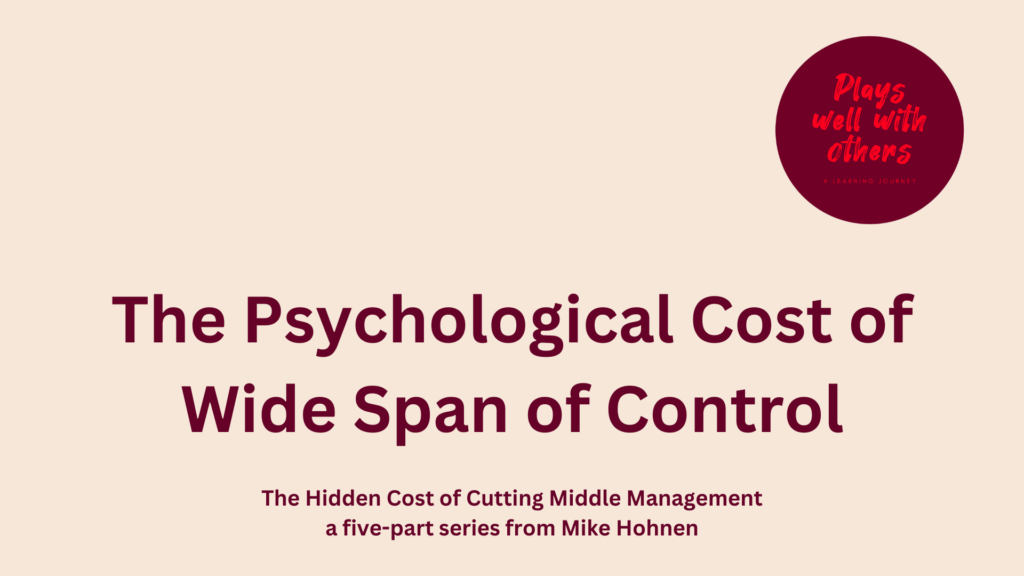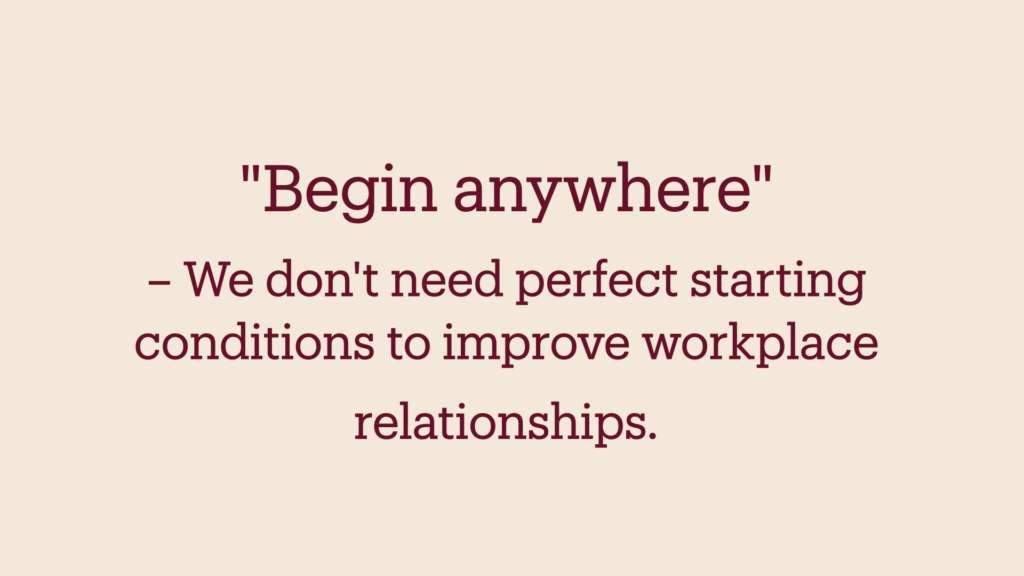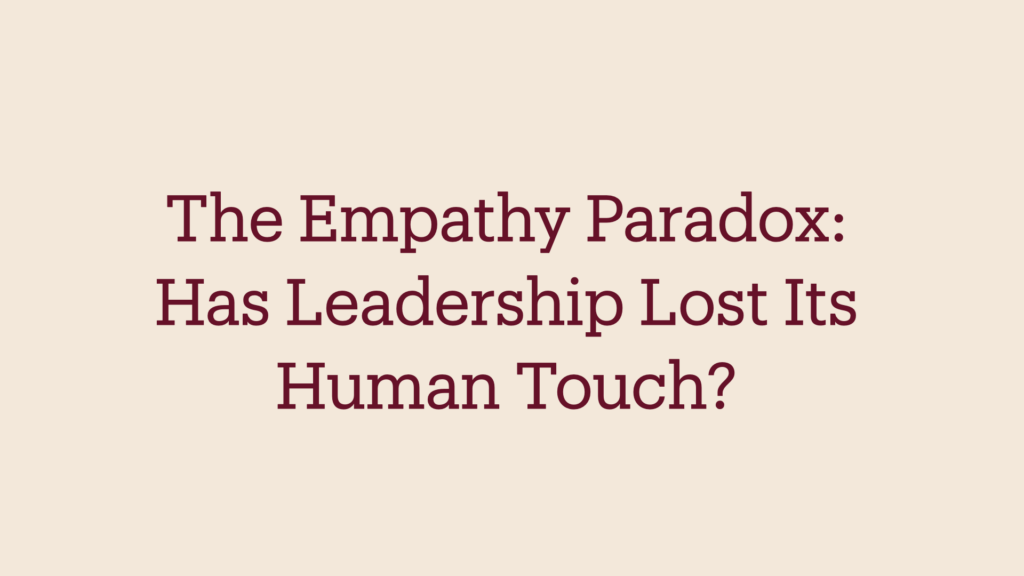“Just be yourself.” It’s the well-meaning advice that’s launched a thousand leadership development programmes and probably twice as many LinkedIn posts. But here’s the uncomfortable truth: most leaders who try to “be themselves” at work are actually stuck at a surprisingly unsophisticated stage of authenticity.
The problem isn’t that they’re being inauthentic. It’s that they’ve mistaken self-expression for genuine presence.
The Authenticity We’re Taught
Walk into any leadership workshop and you’ll hear the familiar refrain: authentic leadership means bringing your whole self to work, staying true to your values, having the courage to show vulnerability, sharing your truth. It’s framed as an act of personal courage—revealing who you really are despite the risk.
This version of authenticity is deeply individualistic. It positions you at the centre: your truth, your feelings, your values, your story. And whilst there’s nothing inherently wrong with this, it’s a bit like learning to play tennis by only practising your serve. You’re missing half the game.
The Developmental Shift
What if authenticity isn’t actually about you at all?
Developmental psychology suggests that authenticity evolves through distinct stages. Early in our leadership journey, authenticity is about self-expression—figuring out who we are and having the courage to show it. This is necessary and important. We need to develop a coherent sense of self before we can do anything more sophisticated with it.
But mature authenticity looks entirely different. It’s the capacity to be genuinely present to what’s happening between people, to sense what a relationship or moment actually needs, and to respond from a place of real attunement rather than rehearsed self-presentation.
The shift is from “How can I be true to myself in this situation?” to “What does genuine presence look like here?”
What This Looks Like in Practice
Consider Sarah, a senior leader facing a team in crisis. The conventional authenticity playbook might encourage her to share her own anxiety, to be vulnerable about not having all the answers, to “bring her whole self” to the meeting.
But what if the team doesn’t need Sarah’s whole self right now? What if they need her calm, her confidence, her ability to hold steady whilst they’re falling apart? What if the most authentic thing Sarah can do is not share her anxiety, but instead be fully present to theirs?
This isn’t about being fake. It’s about having developed enough relational sophistication to distinguish between what wants to be expressed and what wants to be witnessed. Sometimes the most authentic leadership is holding back your immediate reaction so you can truly hear someone else’s.
Or think about James, who prides himself on “being the same person in every room”—the same directness, the same humour, the same energy whether he’s with his team, the board, or a nervous new starter. He calls this authenticity. His team might call it inflexibility.
Meanwhile, his colleague Michelle consciously shifts her presence based on context. She’s more playful with some colleagues, more formal with others, more directive in crises and more exploratory in strategy sessions. She’s not performing different personas; she’s responding to what each relationship genuinely needs from her. That’s not multiple personalities—it’s relational maturity.
The Paradox
Here’s where it gets interesting: the leaders who seem most authentic are often the ones who’ve stopped trying to be themselves.
They’re not asking “Am I being true to me?” They’re asking “Am I being genuinely present to what’s happening here?” They’ve developed the capacity to be different with different people whilst remaining entirely coherent. Their authenticity isn’t revealed; it’s enacted in relationship.
This is sophisticated work. It requires you to hold your sense of self lightly enough to be genuinely responsive, whilst holding it firmly enough to not lose yourself entirely. It asks you to develop what we might call “relational fluidity”—the ability to be genuinely different without fragmenting.
The Invitation
If you’re a leader who’s been trying to “find your authentic self” and then have the courage to show it, you might be working on yesterday’s challenge. The question isn’t whether you dare to be yourself. It’s whether you’ve developed the capacity to be genuinely present to others.
That’s a different kind of courage. Not the courage of self-revelation, but the courage of self-transcendence. Not “Here’s who I am, take it or leave it,” but “I’m genuinely here with you. What does this moment need?”
The most authentic thing you can do as a leader might not be bringing your whole self to work. It might be developing the wisdom to know which part of yourself each moment is asking for.
What version of authenticity are you practising? The question isn’t meant to judge—we all start where we start. But it might be worth noticing whether your authenticity is still primarily about you, or whether it’s beginning to be about the space between.
